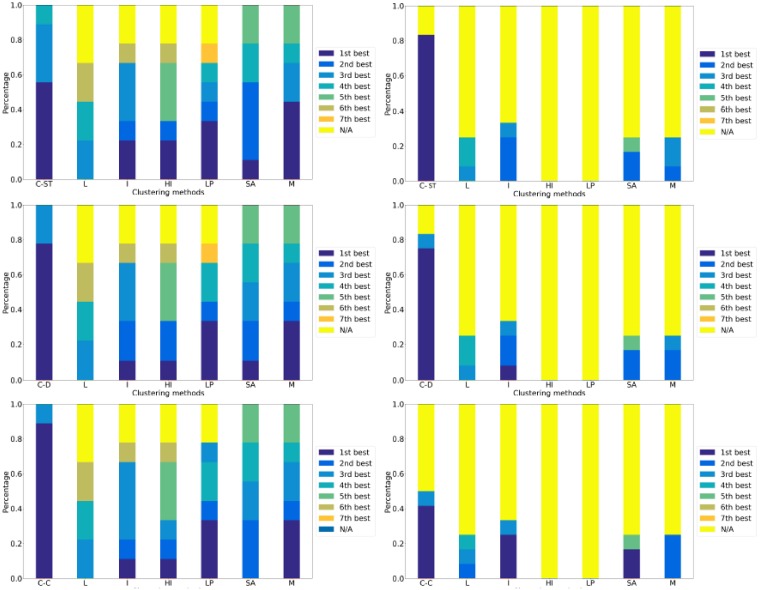Fig 7. The ranking of all DNC methods used in this study.
The ranking of the methods (ClueNet (its three versions: C-ST, C-D, and C-C), Louvain (L), Infomap (I), Hierarchical Infomap (HI), label propagation (LP), simulated annealing (SA), and Multistep (M)) over all considered social datasets (i.e., the three ground truth partitions corresponding to the three social dynamic networks; the first column) and (b) biological datasets (i.e., the four ground truth partitions corresponding to the biological aging-related dynamic network; the second column) with respect to all of precision, recall, and AMI (F-score is excluded here because it is redundant to precision and recall). Each row corresponds to one of the three versions of ClueNet that is compared to the existing methods: C-ST (top), C-D (middle), and C-C (bottom). The ranking is expressed as a percentage of all cases (across all ground truth partitions and all three partition quality measures) in which the given method yields the kth best score across all methods. We rank the methods based on their p-values (i.e., the smaller the p-value, the better the method); in case of ties, we compare the methods based on their raw partition quality scores. The ‘N/A’ rank signifies that the given method did not produce a statistically significant partition under the given partition quality score.

